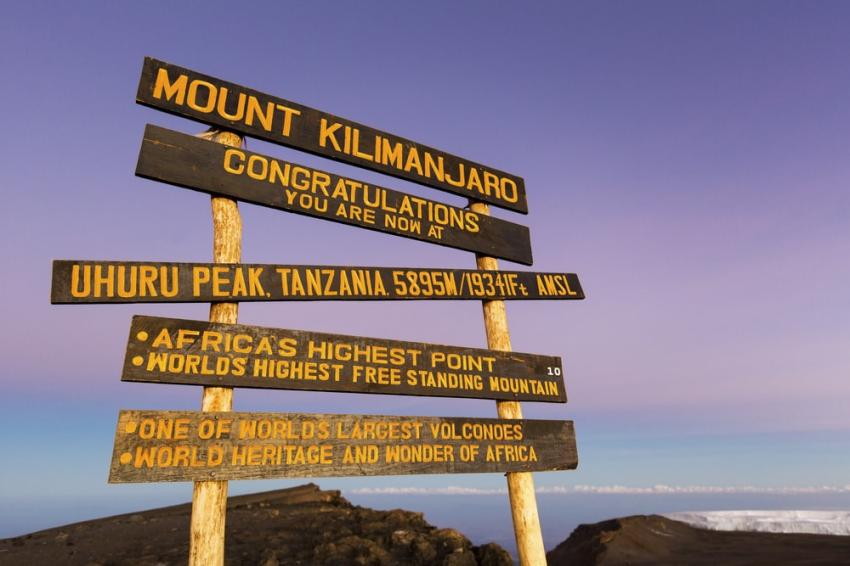Climbing to the summit of Mount Kilimanjaro is a bucket-list adventure for many travelers. This iconic peak, rising 5,895 meters (19,341 feet) above sea level, offers breathtaking views and a unique challenge.
This comprehensive guide will equip you with the essential information for a successful and safe Kilimanjaro climb. We'll cover trekking routes, gear requirements, the best time to climb, tips for increasing your summit success rate, and more.
Mount Kilimanjaro Hiking Experience
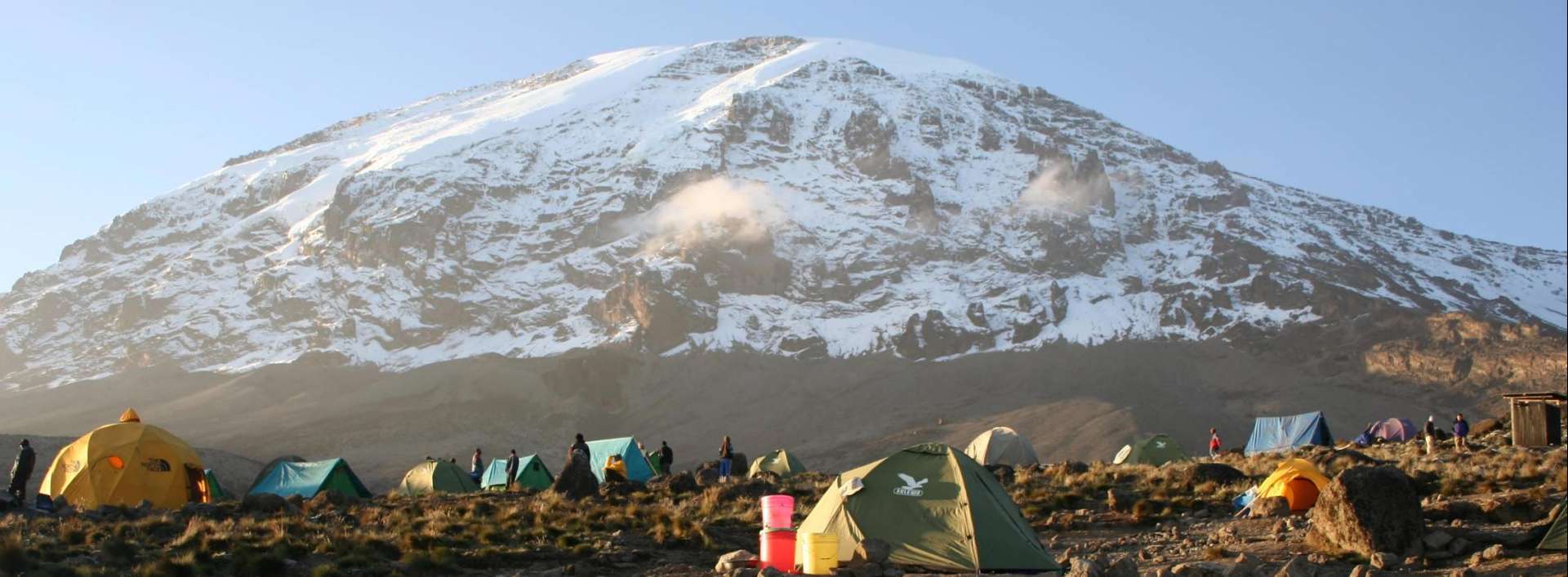
- Fitness Level: While prior mountaineering experience isn't mandatory, a good level of fitness is crucial. Consider incorporating multi-day hikes into your training regimen.
- Age Restrictions: Children must be at least 10 years old to attempt the climb.
- Guided Treks: Guided treks are mandatory for all climbers. Experienced guides possess in-depth knowledge of the mountain, including altitude sickness management and route conditions.
Mount Kilimanjaro Gear Requirements
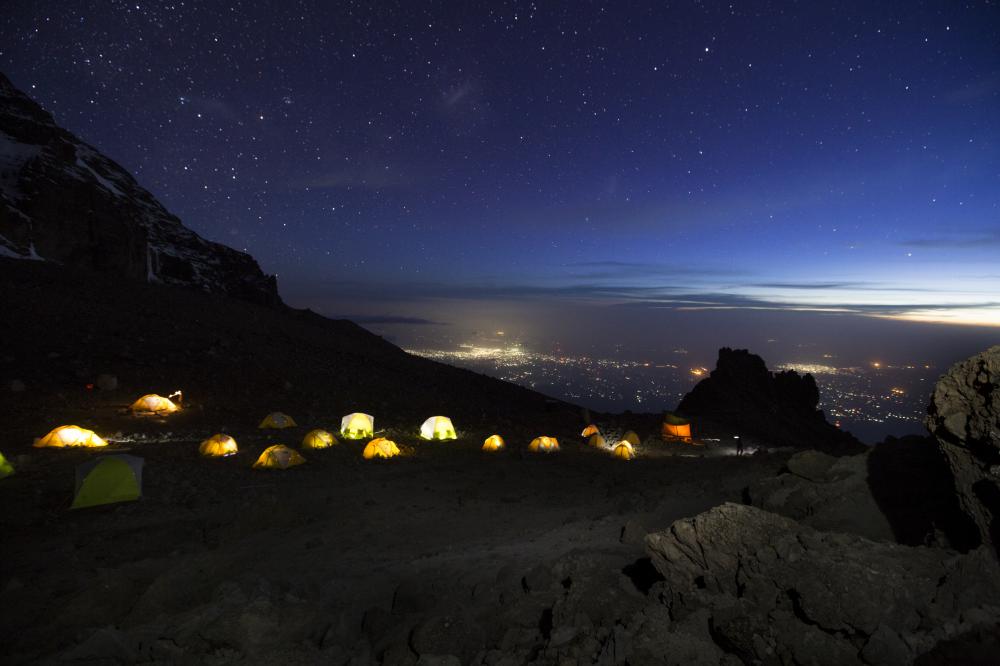
- Essential Gear:
- Sleeping Bag: -10-degree Celsius rated sleeping bag is recommended.
- Sleeping Pad: Lightweight and insulated for warmth.
- Rucksack: 70-liter for main gear and a 30-40 liter daypack for summit day.
- Hiking Boots: Comfortable and well-worn boots are essential.
- Trekking Poles: Provide support and stability.
- Clothing: Layered, lightweight, and waterproof clothing is crucial for adapting to changing weather conditions.
- Weather Considerations: Be prepared for a wide range of weather conditions, including extreme heat, heavy rain, and sub-zero temperatures.
Choosing a Trekking Company
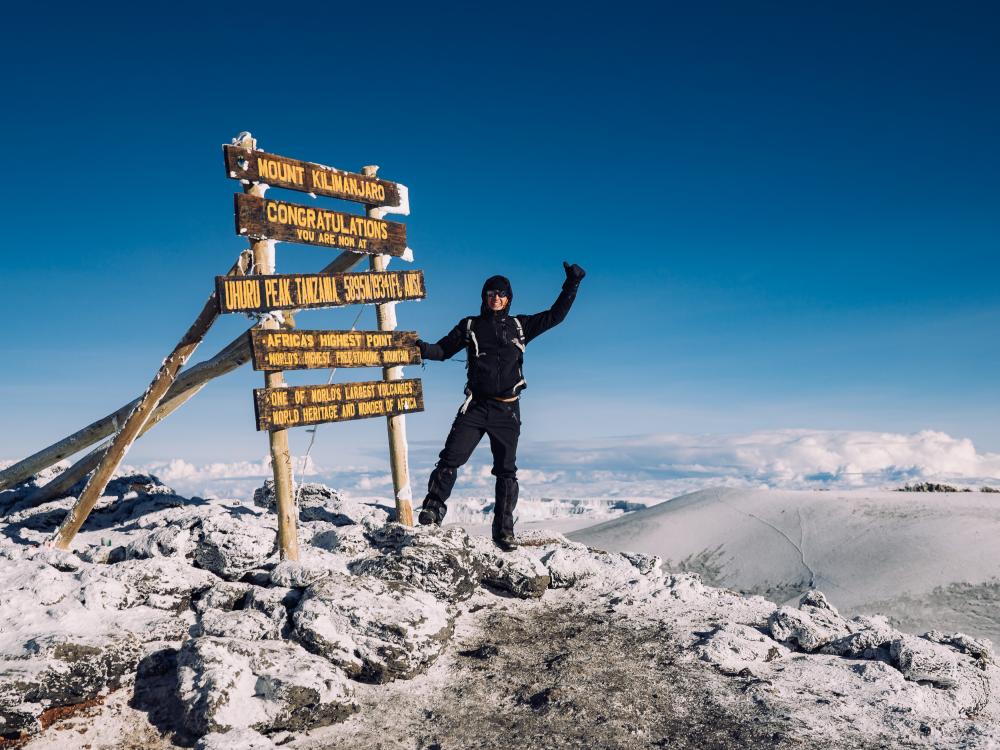
- Importance of Guided Treks: Guided treks ensure safety and provide valuable local knowledge.
- Services Provided: Reputable companies provide guides, porters, cooks, and all necessary camping equipment (tents, chairs, tables).
- Pre-Trip Planning: Your chosen company will provide a detailed packing list and itinerary.
Getting to Mount Kilimanjaro
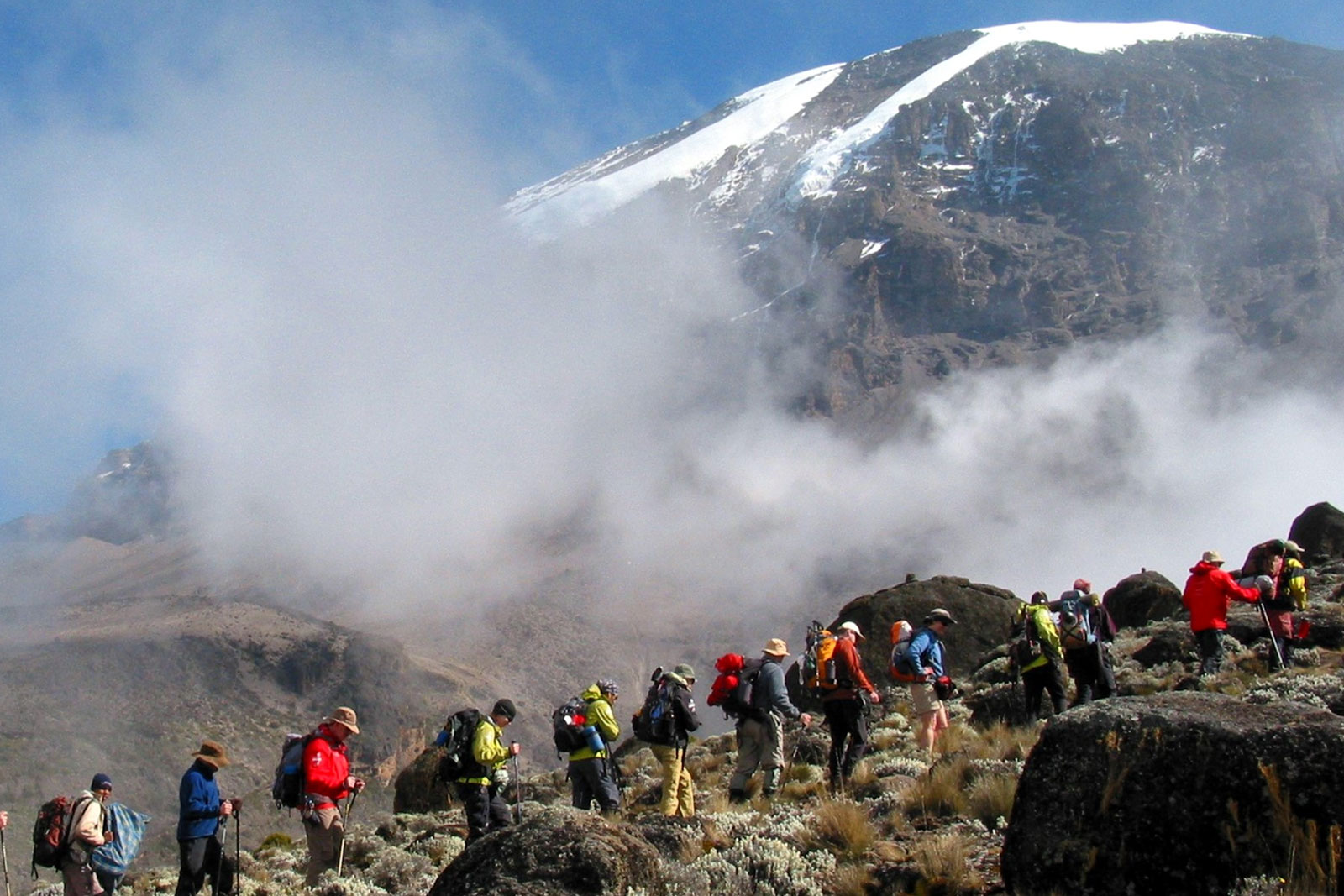
- Kilimanjaro International Airport (JRO): The most convenient airport for climbers.
- Julius Nyerere International Airport (DAR): Offers more flight connections but requires a longer transfer to the mountain.
- Arusha: The primary base for climbers, offering a range of accommodation options.
Best Time to Climb Mount Kilimanjaro
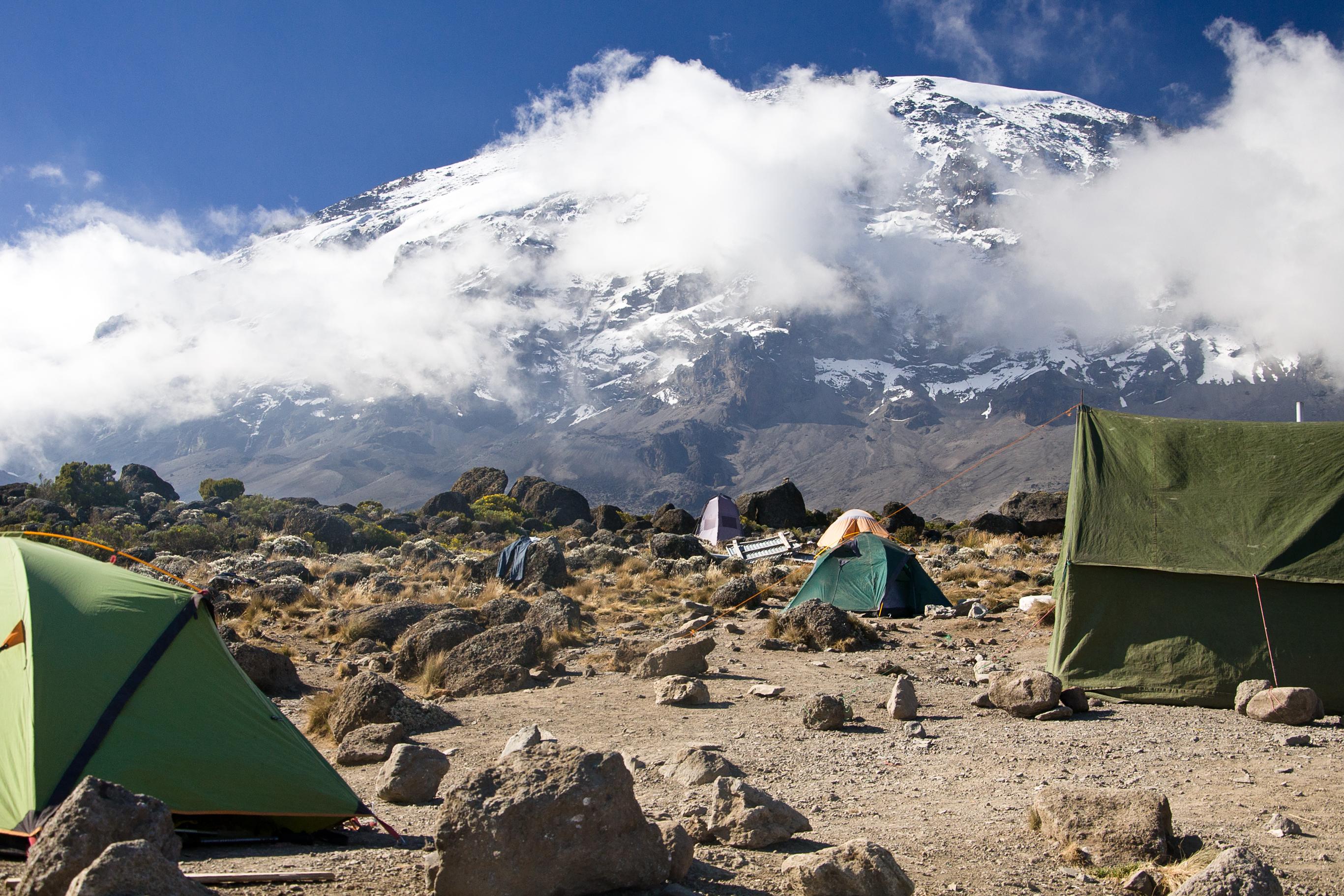
- Dry Seasons: January-March and June-October offer the best weather conditions with clear skies and less rainfall.
- Rainy Seasons: March-May and November experience increased rainfall and reduced visibility.
- Weather Variability: Be prepared for unpredictable weather conditions throughout the year.
Summit Routes
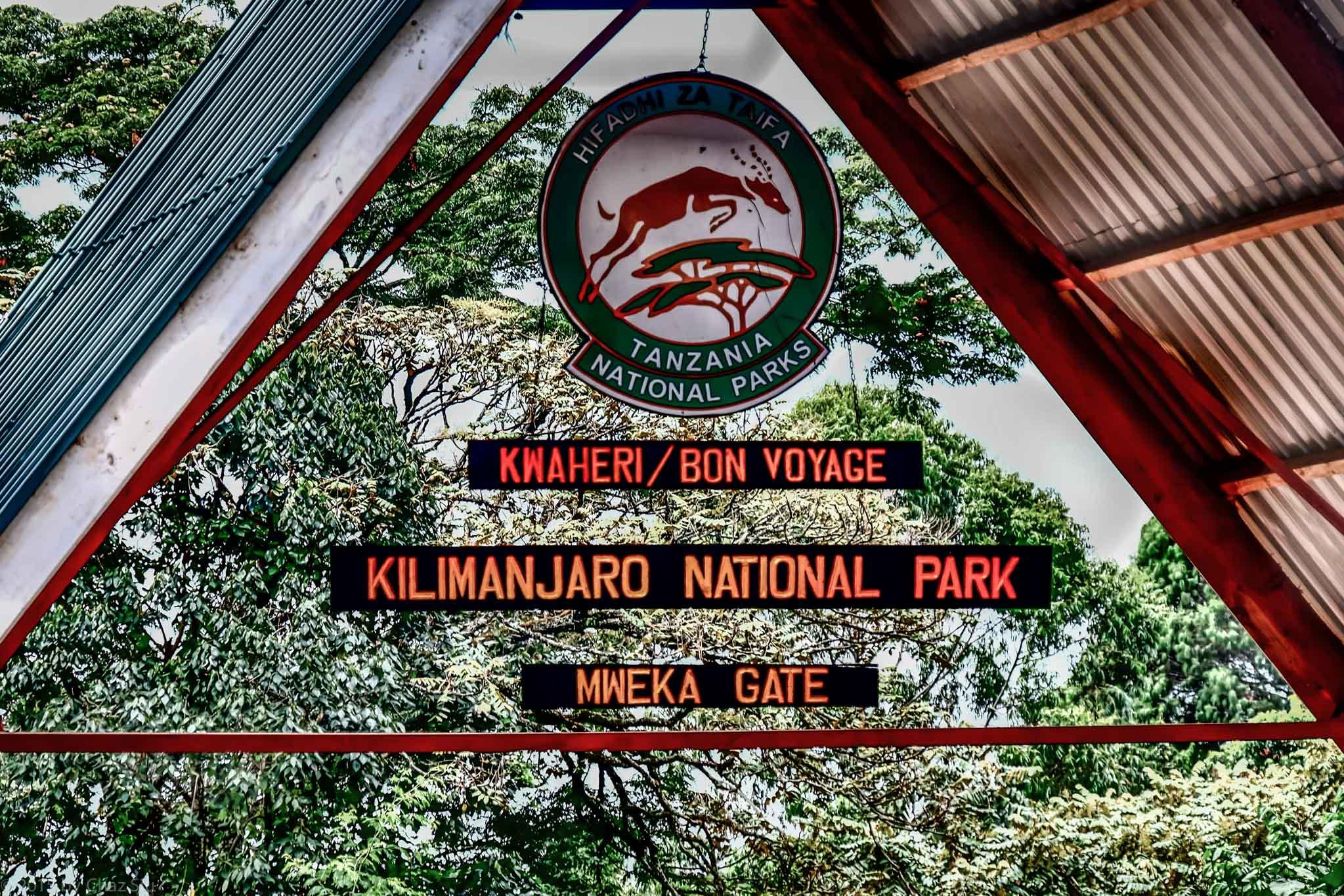
- Marangu Route (Coca-Cola Route): Easiest route, with dormitory accommodation, suitable for less experienced climbers.
- Machame Route (Whiskey Route): More challenging, with tent camping, offering a longer acclimatization period.
- Lemosho Route: Scenic route with diverse landscapes, including the Barranco Wall and Shira Plateau.
- Rongai Route: Approaches Kilimanjaro from the north, offering a more remote experience.
- Umbwe Route: Most challenging route, suitable for experienced climbers, with a steep ascent and fewer crowds.
Mount Kilimanjaro Travel Tips
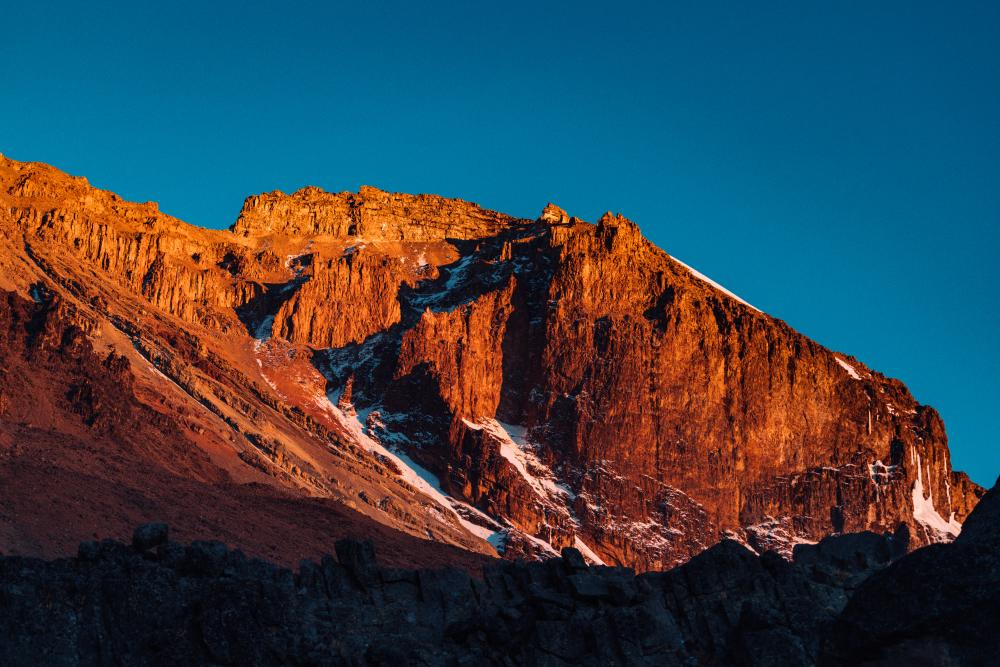
- Pace Yourself: Take frequent breaks to conserve energy and prevent altitude sickness.
- Acclimatization: Prioritize acclimatization by resting at appropriate altitudes.
- Hydration: Drink plenty of fluids throughout the day and evening.
Conquer Kilimanjaro with Confidence
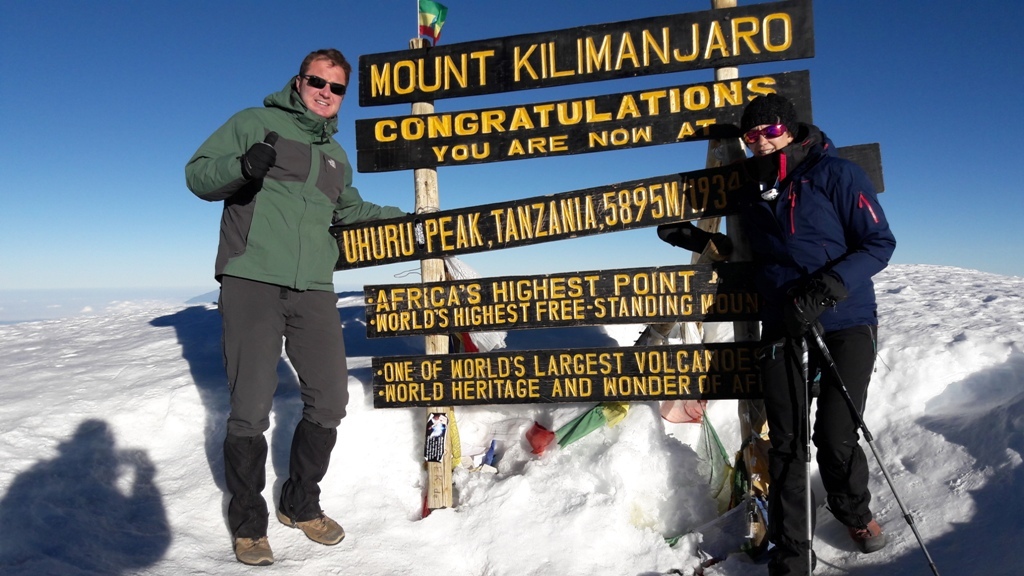
By following these guidelines and choosing a reputable trekking company, you can increase your chances of a successful and rewarding Kilimanjaro climb.
Disclaimer: This information is for general guidance only. Always consult with your doctor and a qualified travel advisor for personalized advice.
Help Me Plan

 1-321-766-6821
1-321-766-6821 
